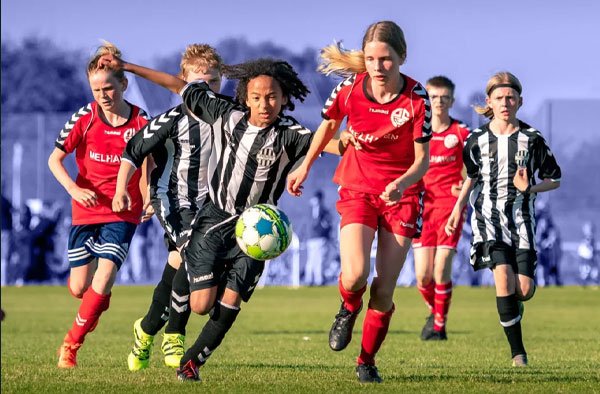The Commonwealth Games have long been a platform showcasing athletic prowess among member nations. Over the decades, the representation of female athletes has seen significant growth, reflecting broader societal shifts towards gender equality in sports. This article delves into the progression of women’s participation in the Commonwealth Games, highlighting key milestones and achievements.

Early Participation: 1930s–1950s
-
1930 Hamilton Games: Women’s events were limited to aquatics, with five swimming and two diving events. Joyce Cooper’s four gold medals set a precedent for female excellence.
-
1934 London Games: Introduction of women’s athletics events. Eileen Hiscock’s victories in the 100 and 200-yard sprints challenged prevailing gender norms.
-
1938 Sydney Games: Decima Norman’s five gold medals underscored the potential of female athletes, despite organizational challenges.
Expansion and Recognition: 1960s–1980s
-
1950 Auckland Games: Yvette Corlett became New Zealand’s first female gold medalist in long jump, later adding shot put and discus titles.
-
1960s: Dawn Fraser’s swimming achievements brought global attention to female athletes from the Commonwealth.
-
1970s: Raelene Boyle’s performances in Edinburgh highlighted the competitiveness of women’s athletics.
-
1986 Edinburgh Games: Introduction of the women’s marathon, with Lisa Martin clocking a world-class time of 2:26:07.
Integration and Inclusivity: 1990s–2000s
-
1990 Auckland Games: Cathy Freeman became the first female Aboriginal athlete to win gold in the 4x100m relay at just 16.
-
1994 Victoria Games: Freeman’s dual flag-bearing during her victory laps symbolized unity and representation.
-
2002 Manchester Games: Full integration of athletes with disabilities into national teams, with achievements counting towards overall medal tallies.
Modern Era: 2010s–2020s
-
2014 Glasgow Games: Introduction of women’s boxing, with England’s Nicola Adams and Savannah Marshall clinching gold.
-
2018 Gold Coast Games: Debut of women’s rugby sevens, with New Zealand securing gold after a thrilling final against Australia.
-
2022 Birmingham Games: Marked the first instance where more medal events were available for women than men, emphasizing a commitment to gender parity.
Statistical Overview
| Year | Total Events | Women’s Events | Notable Milestone |
|---|---|---|---|
| 1930 | 59 | 7 | Introduction of women’s aquatics |
| 1934 | 68 | 14 | Inclusion of women’s athletics |
| 1950 | 88 | 22 | Expansion of women’s field events |
| 1986 | 161 | 60 | Introduction of women’s marathon |
| 2002 | 281 | 120 | Full integration of para-athletes |
| 2022 | 280 | 136 | More medal events for women than men |
Note: The above data is indicative and compiled from various historical records.
Conclusion
The journey of female athletes in the Commonwealth Games mirrors the broader strides towards gender equality in sports. From limited participation in the early 20th century to achieving parity in medal events, the evolution is a testament to the resilience and excellence of women athletes. As the Games continue to evolve, the contributions of female athletes will undoubtedly remain central to its legacy.


